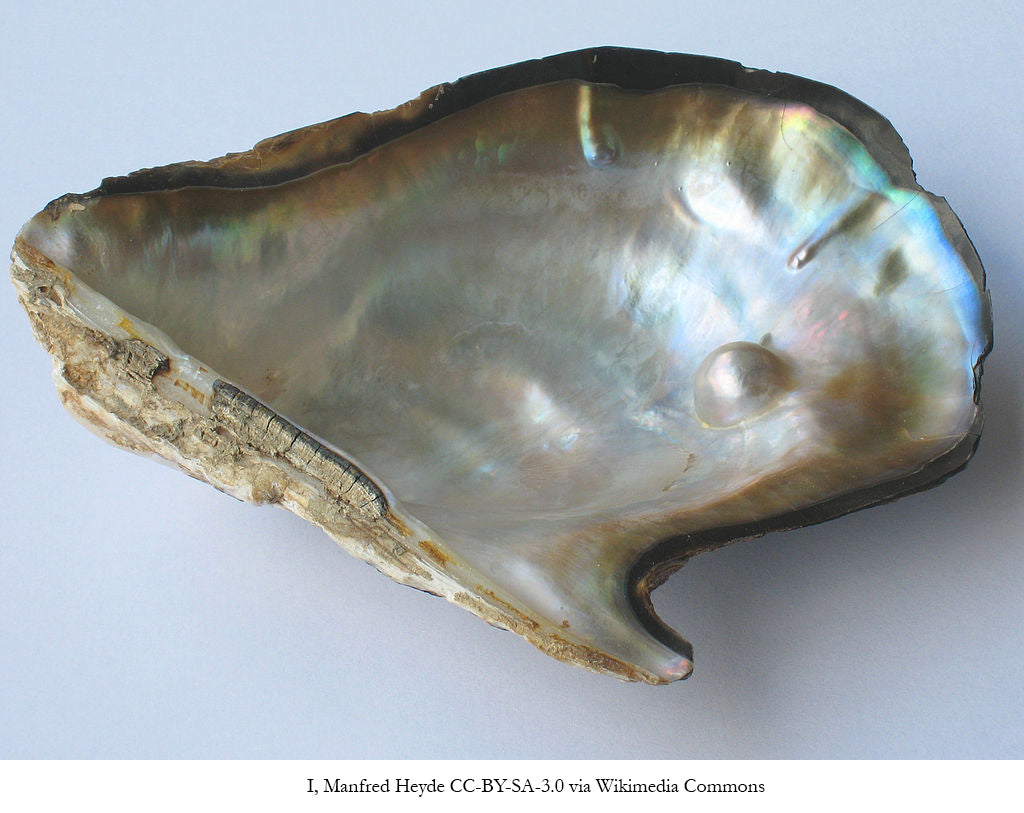Pearl
Perhaps the best-loved gems of all time, pearls—natural and cultured—occur in a wide variety of colours. The most familiar are white and cream, but the palette of colours extends to every hue.
Natural pearls form around a microscopic irritant in the bodies of certain molluscs. Cultured pearls are the result of the deliberate insertion of a bead or piece of tissue that the mollusc coats with nacre.

People have coveted natural pearls as symbols of wealth and status for thousands of years. A Chinese historian recorded the oldest written mention of natural pearls in 2206 BC. As the centuries progressed toward modern times, desire for natural pearls remained strong. Members of royal families as well as wealthy citizens in Asia, Europe, and elsewhere treasured natural pearls and passed them from generation to generation.
The first steps toward pearl culturing occurred hundreds of years ago in China, and Japanese pioneers successfully produced whole cultured pearls around the beginning of the twentieth century. These became commercially important in the 1920s (about the same time natural pearl production began to decline). From the 1930s through the 1980s, pearl culturing diversified and spread to various countries around the world.
Pearls are treasures from the Earth’s ponds, lakes, seas, and oceans, and they’ve always embodied the mystery, power, and life-sustaining nature of water.
The spherical shape of some pearls led many cultures to associate this gem with the moon. In ancient China, pearls were believed to guarantee protection from fire and fire-breathing dragons. In Europe, they symbolized modesty, chastity, and purity.
Pearl is the birthstone for June and the gem of the third and thirtieth anniversaries.
Quality Factors
Lustre
Pearls with high lustre have sharp bright reflections on the surface.
Surface Quality
The number of blemishes on a pearl's surface is evaluated to judge quality.
Shape
Spherical pearls are the most valued but symmetrical drops are also sought.
Colour
Although white is most classic, appreciation has grown for more unusual natural colours.
Nacre Thickness
Nacre thickness is evaluated to make sure that cultured pearls are durable as well as beautiful.
Size
Cultured pearls range from 2-16mm in diameter, depending on the mollusc used.
Matching
For pearl strands and multi-pearl pieces, how well the pearls match (or mix) affects the value.





